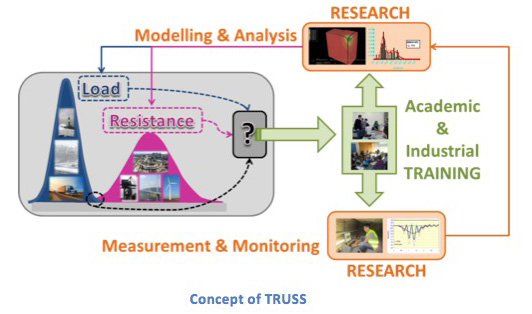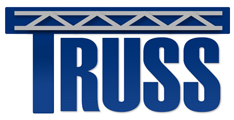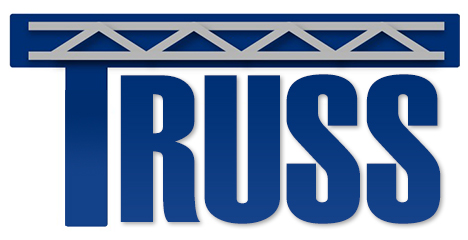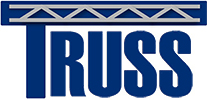
The main objectives of TRUSS ITN are:
To offer a high-quality intersectoral and multidisciplinary training in structural safety to a new generation of Early Stage Researchers through network-wide and local activities. The training programme combines taught modules with original research supported by secondments in industry to deliver all the necessary skills in a short space of time.
The taught modules consist of core, specialist and transferable skills, providing a rounded education to the fellows and preparing them for a career both in industry and academia.
To develop reliable monitoring systems and structural, material and loading models to be achieved through research that will contribute to the sub-objectives:
- more efficient infrastructure design, assessment, monitoring and management
- maintain current infrastructure stock in operation and
- reduce infrastructure costs and demand for non-renewable and carbon intensive resources while maintaining or improving safety levels.
Educational Innovation:
- A best-practice model for European doctoral programmes. This incorporates the Best Practice Principles for Innovative Doctoral Training as identified by the ERA Steering Group on Human Resources and Mobility and is specifically aimed at producing doctoral recipients with the skills to assess structural safety and preserve infrastructure.
- A structured programme that acts as a template for intersectoral, multi-layered training for the wider research community. It is an example to other academic and research institutes who can build institutional, national or international programmes to give trainees a broad knowledge of the problems facing society, and understanding of how experts in complementing disciplines address these issues, while developing the expertise to analyse, interpret and communicate their research findings. More details can be found in the Training Section.
Scientific/Technological Innovation:

An engineer could determine whether or not a structure is able to survive a period of time accurately if all information about a structure was known, including all material properties in the structure, all loads to which the structure is and will be subjected, and how the structure does and will behave when subjected to these loads. Since it is not possible to know each of these parameters exactly, engineers must make conservative approximations and estimations, which allow structures to be designed and assessed. With each approximation and estimation there is associated uncertainty, and assessment calculations are necessary to judge if the level of risk is acceptable or not.
The figure illustrates uncertainties present in today’s critical infrastructure that will be addressed by TRUSS ITN. New monitoring systems and algorithms developed in TRUSS ITN will provide assessments of both the capacity and demand of infrastructure to quantify its current state, and with the use of forecasting models, its future condition. Gaps identified for each individual research project in the state of the art and expected results can be found in the Research Section



